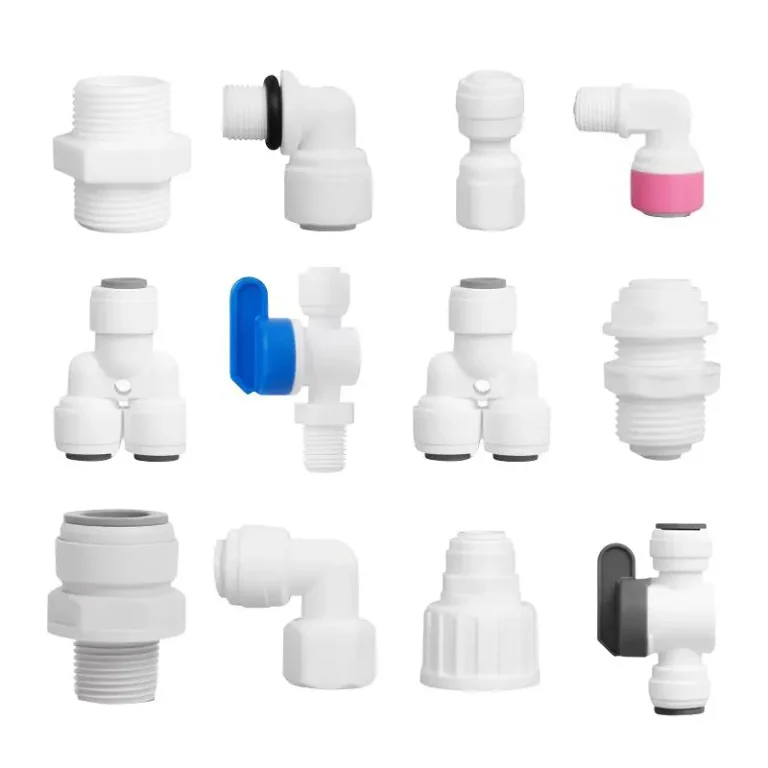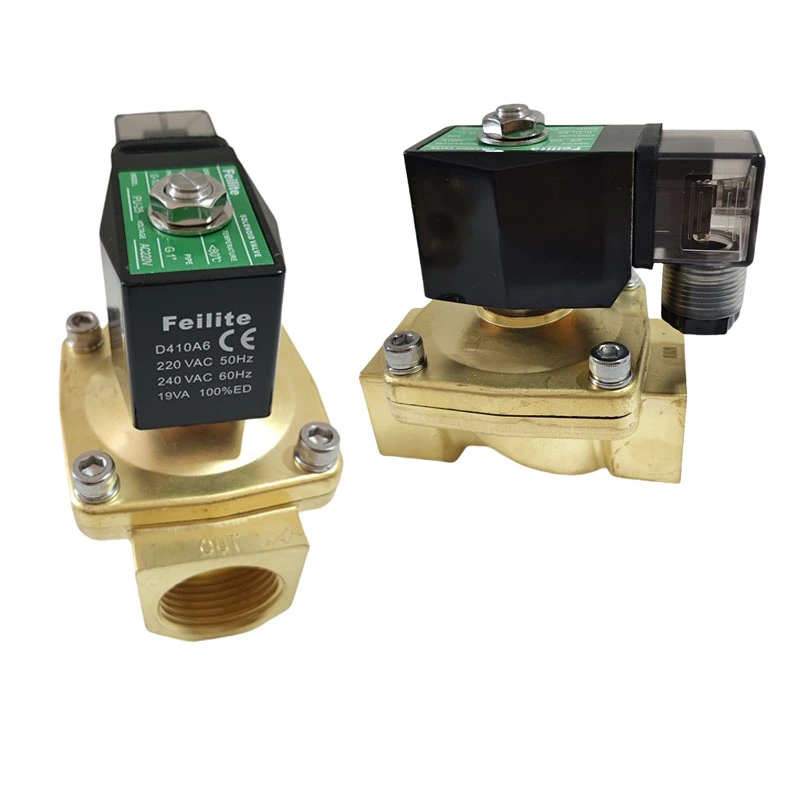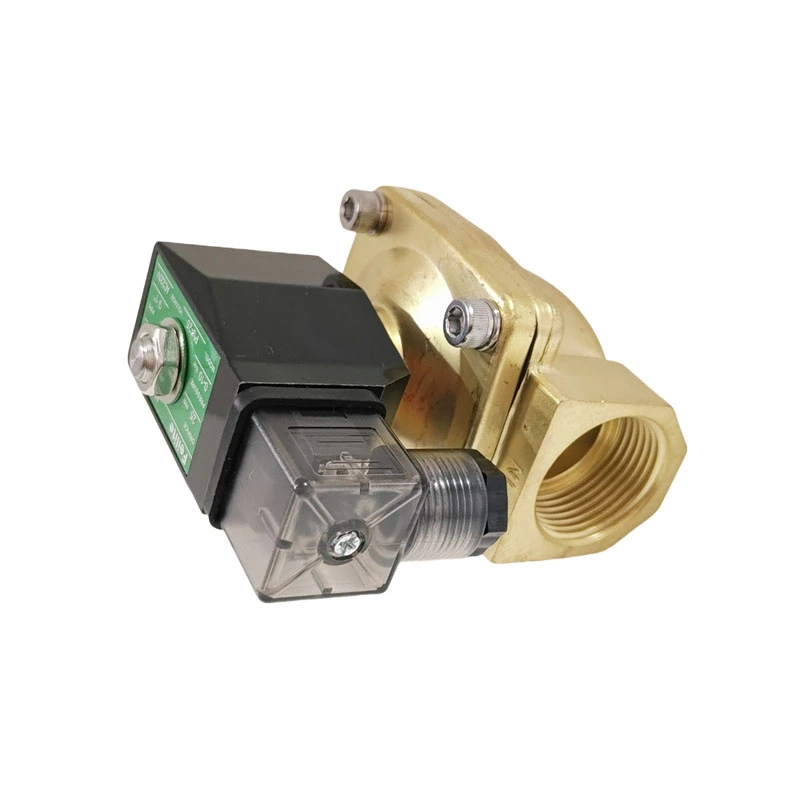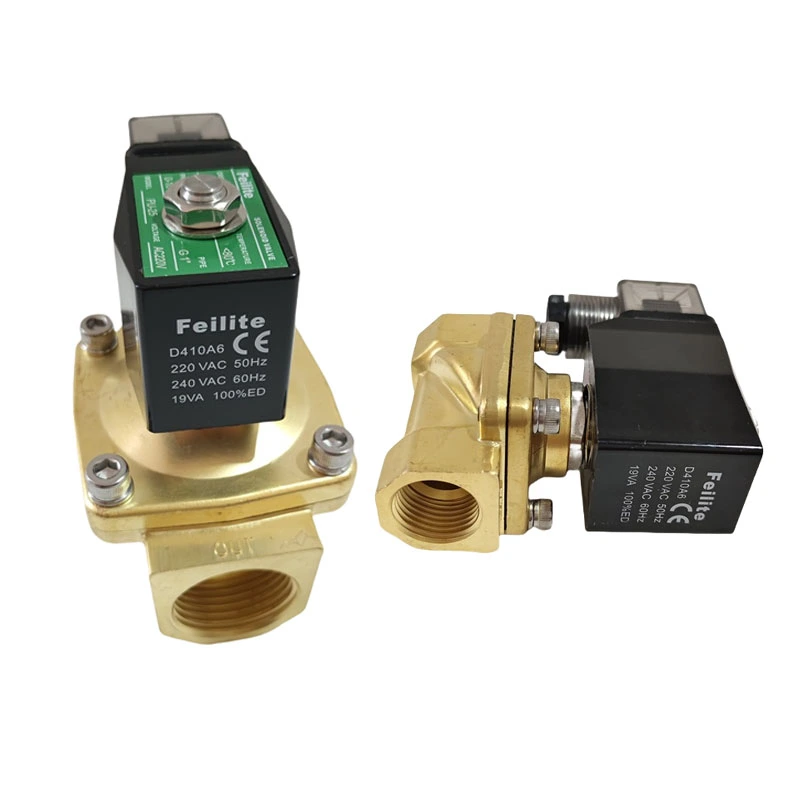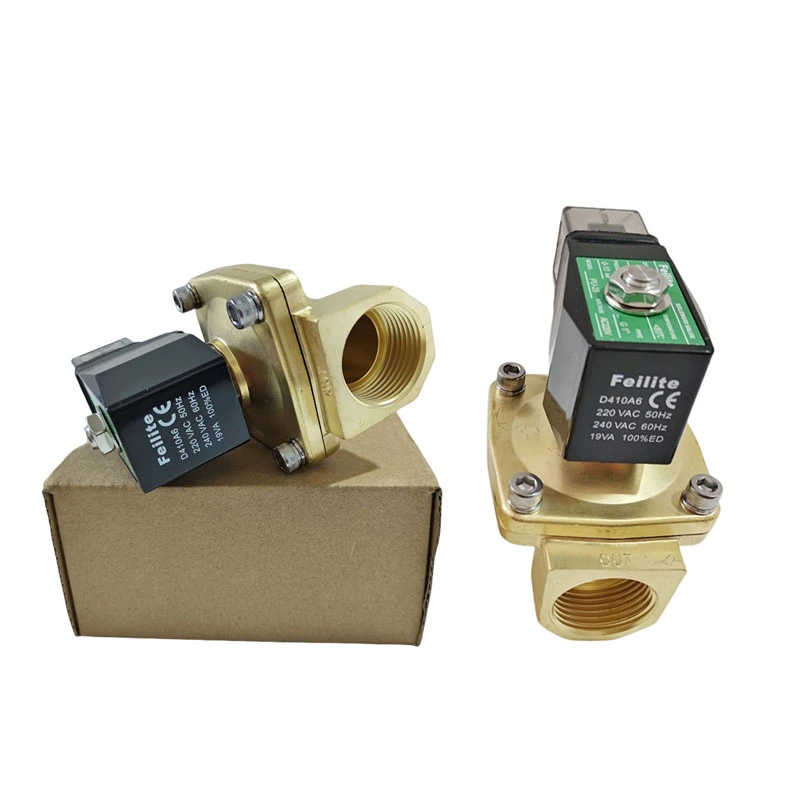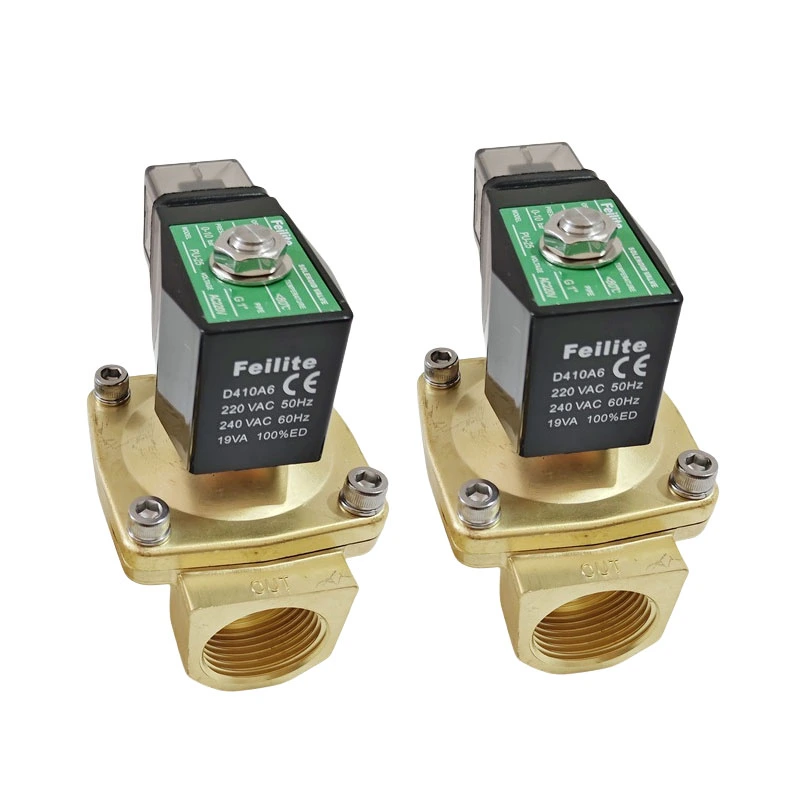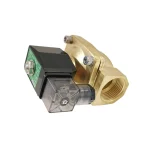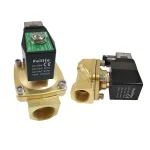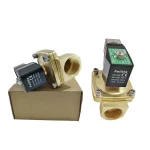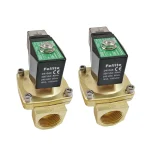BasideWT- Whole Home Water Filtration System & Replacement

2 Way Solenoid Valve 12v Hard Durable Brass Material ro purified Water Solenoid Valve 24v G1/2in Thread Stable Performance Solenoid Valve
PRODUCT PARAMETERS
- Product Name: Solenoid Valve
- Material: Brass
- Thread: G1/2in
- Medium: Water;Oil;Air
- Port Size: 1/8";1/4";3/8",G ,PT, NPT are available
- Type: Solenoid Valves,Access Valves
- Mounting Way: PIPE thread
- Structure: Control
- Coil Voltage: DC12V,24V,AC36V,110VAC,220VAC,380VAC
- Working pressure: 0-10bar
- Power: Solenoid
- Packing: Standard Exportation Package
Every reverse osmosis (RO) system relies on a critical component—the water solenoid valve. This electrically controlled valve ensures precise water flow management, preventing leaks and maintaining system efficiency.
Material: Forged with brass material, hard and durable, can be used in various connection environments.
Installation Operation Convenient: The solenoid valve has water outlet sign, which is convenient for installation and operation.
Stable Performance: The solenoid valve body has uniform wall thickness and no leakage, high sensitivity and stable performance.
G1/2in Thread: G1/2in thread is used for connection, with good tightness and convenient installation and disassembly.
Applicable Scenarios: Electric solenoid valve is suitable for the transmission of water, oil, natural gas, diesel, kerosene and other media.
What is a Water Solenoid Valve?
A water solenoid valve is an electromechanical device that controls liquid flow using an electric current. When energized (12V or 24V), it opens; when de-energized, it shuts off completely.
Why Brass Water Solenoid Valve?
- Durability: Resists corrosion (unlike plastic valves)
- High Pressure: Handles up to 150 PSI (10 bar)
- Long Lifespan: 500,000+ cycles (source: Fluid Control Journal, 2023)
LSI Keywords: solenoid valve for RO, 12V solenoid valve, brass water valve
Specification
| Model | Port | Pressure | Body material | AxBXC |
| PU-03 | 1/4” | 0-10/kgf/cm2 | Copper/Stainless | 40x26x65 |
| PU-10 | 3/8” | 0-10/kgf/cm2 | Copper/Stainless | 65x47x93 |
| PU-15 | 1/2” | 0-10/kgf/cm2 | Copper/Stainless | 65x47x93 |
| PU-20 | 3/4” | 0-10/kgf/cm2 | Copper/Stainless | 72x45x100 |
| PU-25 | 1” | 0-10/kgf/cm2 | Copper/Stainless | 90x70x108 |
| PU-35 | 1 1/4” | 0-10/kgf/cm2 | Copper/Stainless | 120x90x131 |
| PU-40 | 1 1/2” | 0-10/kgf/cm2 | Copper/Stainless | 120x90x131 |
| PU-50 | 2” | 0-10/kgf/cm2 | Copper/Stainless | 150x112x146 |
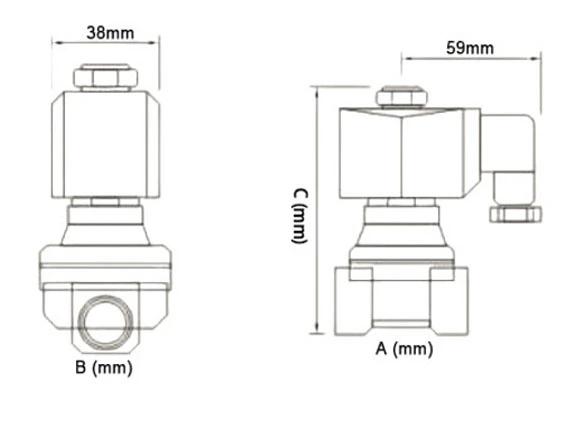
How to Install a 12V/24V Solenoid Valve in 5 Steps
Follow this foolproof guide for optimal performance:
Check Voltage Compatibility
- Match valve voltage (12V or 24V) to your power supply. Wrong voltage = burnt coil!
Secure Threaded Connections
- Use Teflon tape on G1/2″ threads to prevent leaks. Hand-tighten first, then wrench ¼ turn.
Position the Valve Correctly
- Arrow on valve body must point with water flow. Upside-down installs cause 40% of failures (Plumbing Standards Report).
Wire the Electrical Contacts
- Connect wires to terminals (polarity doesn’t matter for AC valves).
Test Under Pressure
- Run water at 1.5x operating pressure for 10 minutes. Check for drips at joints.
Common Mistakes to Avoid
Even pros make these errors with water solenoid valves:
❌ Ignoring Water Quality:Hard water clogs valves with scale. Install a 5-micron pre-filter!
Over-Tightening Threads:Brass is strong but can crack if forced. Snug = safe.
Using Wrong Voltage:A 12V valve on 24V power burns out in hours. Double-check specs!
FAQs
Choosing the perfect water treatment system depends on your specific water quality, household size, and needs. We make it easy with our 3-step process:
Water quality testing – analyze your water for contaminants, hardness, and other factors.
Personalized Consultation – Our experts recommend systems based on your results, budget, and water usage.
Customized Solution – From whole-house filtration to targeted solutions (e.g., RO for drinking water, softeners for hard water), we tailor the system to your home.
To determine your water flow rate in gallons per minute (GPM), follow these simple steps:
Prepare for Testing:
- Prepare for Testing:
- Ensure all water fixtures in your home are turned off
- Select the faucet closest to your main water supply line (usually the kitchen sink or an outdoor spigot)
- Conduct the Test:
- Fully open the selected faucet
- Time how many seconds it takes to fill a 1-gallon container
- Repeat the test 2-3 times for accuracy
- Calculate Your Flow Rate:
Use this formula: Flow Rate (GPM) = 60 ÷ Fill Time (seconds)Example Calculation:- If your 1-gallon container fills in 15 seconds
- 60 ÷ 15 = 4 GPM
For more precise measurements or whole-home flow rate analysis, contact our water system specialists. We can help you determine if your current flow rate meets the requirements for any water treatment systems you’re considering.
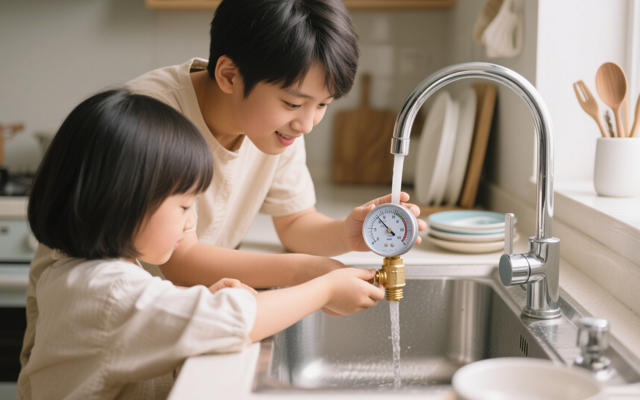
1. Check Multiple Fixtures
Test water pressure at different faucets, showers, and appliances (e.g., kitchen sink, bathroom sink, outdoor hose).
If only one fixture has low pressure, the problem is likely localized (clogged aerator, faulty valve, or pipe issue).
If all fixtures have low pressure, the issue is systemic (main supply, pressure regulator, or water heater).
2. Inspect the Aerator or Showerhead
Unscrew the faucet aerator or showerhead and check for mineral deposits, debris, or rust.
Soak it in vinegar overnight to dissolve buildup, then rinse and reattach.
3. Check the Main Shutoff Valve
Locate the main water shutoff valve (usually near the water meter or where the main line enters the house).
Ensure it’s fully open (turn clockwise to close, counterclockwise to open).
1. Activated Carbon Filters
- Removes:
✅ Chlorine & chloramines
✅ Bad tastes & odors (e.g., sulfur)
✅ Volatile Organic Compounds (VOCs)
✅ Some pesticides & herbicides
❌ Does not remove heavy metals, dissolved minerals, or microbes
2. Reverse Osmosis (RO) Systems
- Removes:
✅ Heavy metals (lead, arsenic, mercury, cadmium)
✅ Dissolved salts (fluoride, nitrates, sulfates)
✅ Microplastics & sediment
✅ Bacteria & viruses (if combined with UV)
✅ Chlorine & chemicals (with carbon pre-filter)
❌ May remove beneficial minerals (can be remineralized)
3. Water Softeners (Ion Exchange)
- Targets:
✅ Calcium & magnesium (hardness)
✅ Low levels of iron & manganese
❌ Does not remove bacteria, chlorine, or heavy metals
4. UV Purifiers
- Kills:
✅ Bacteria (E. coli, coliform)
✅ Viruses (rotavirus, hepatitis)
✅ Protozoa (Giardia, Cryptosporidium)
❌ Does not remove chemicals, metals, or sediment
5. Sediment Filters
- Removes:
✅ Sand, rust, dirt
✅ Large particles & silt
❌ Does not remove dissolved contaminants
6. Whole-House Filtration Systems
Combines multiple methods (carbon + sediment + UV) for broad protection.
- UV: Kills bacteria/viruses but doesn’t remove chemicals or particles.
- RO (Reverse Osmosis): Removes 95–99% of contaminants (heavy metals, dissolved salts) but requires electricity.
- Activated Carbon: Absorbs chlorine, odors, and organic compounds—ideal for pre-filtration.
REQUEST A QUOTE
RELATED PRODUCTS
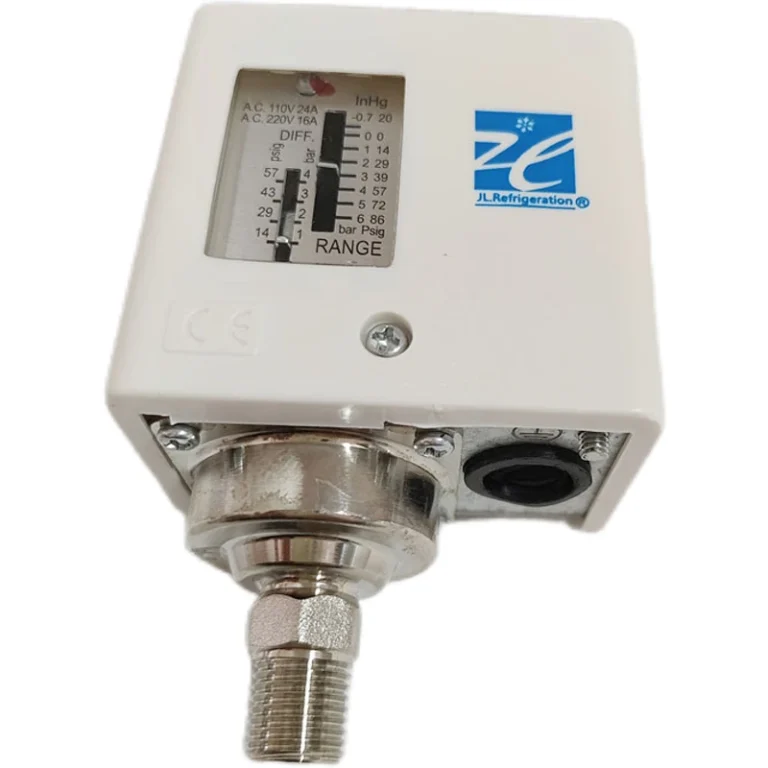
Automatic Water Pump Switch Pressure Switches Control Automatico Interruptor for Water Pumps and RO Systems
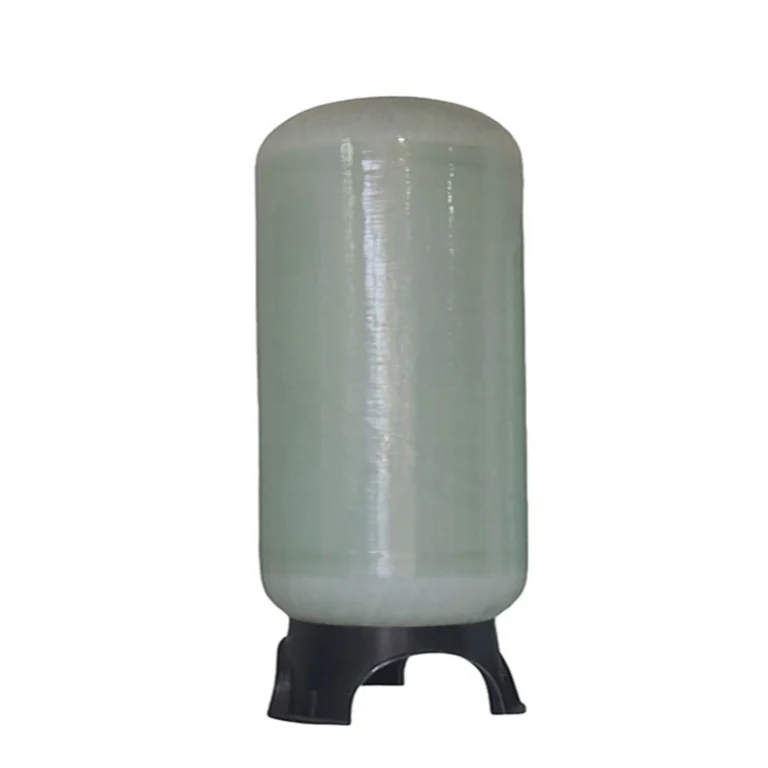
FRP Water Tank Manufacturers | Custom FRP Vessels for Water Treatment
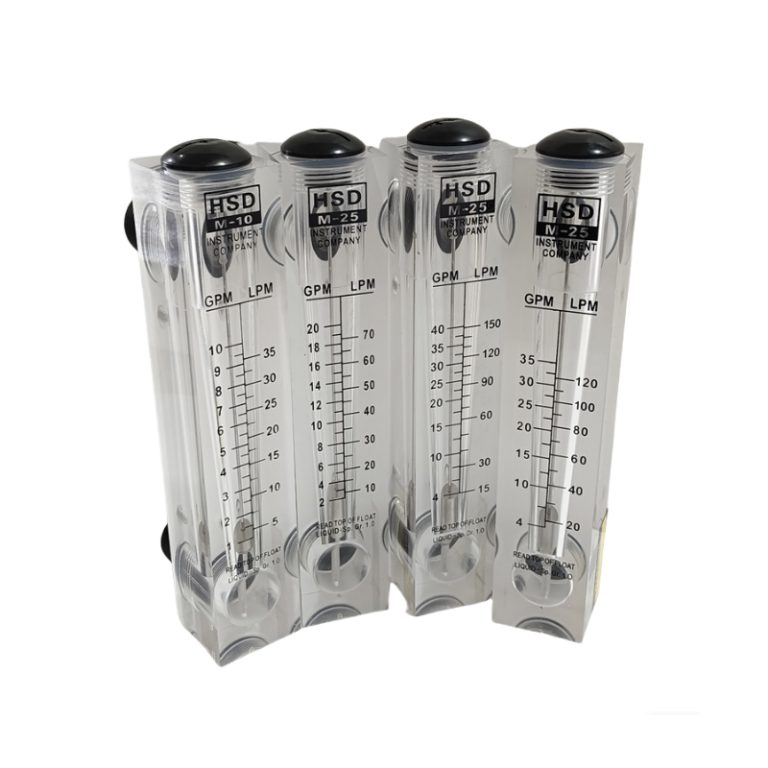
High Precision Solenoid Valve Liquid Flow Meter Water Flow Meter Panel Type Flowmeter

Water flow Flowmeter,LZS-40 Water Liquid Flowmeter,High Accuracy Plastic Tube Type Flowmeter Instrument 1-10mH Range
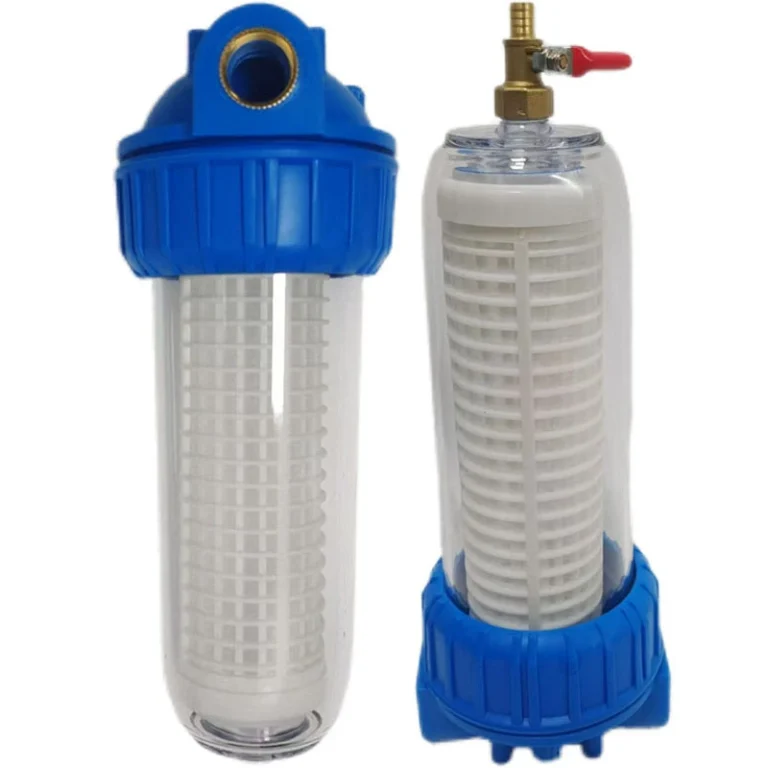
10-inch Transparent Backflushing Water Purifier Livestock Waterline Filter Housing High Pressure Washer Filter with Sewage Outlet
